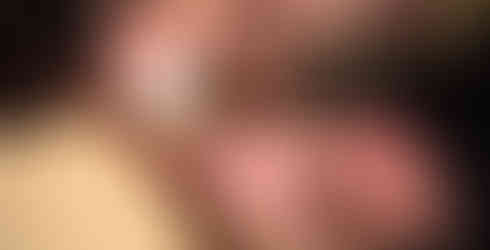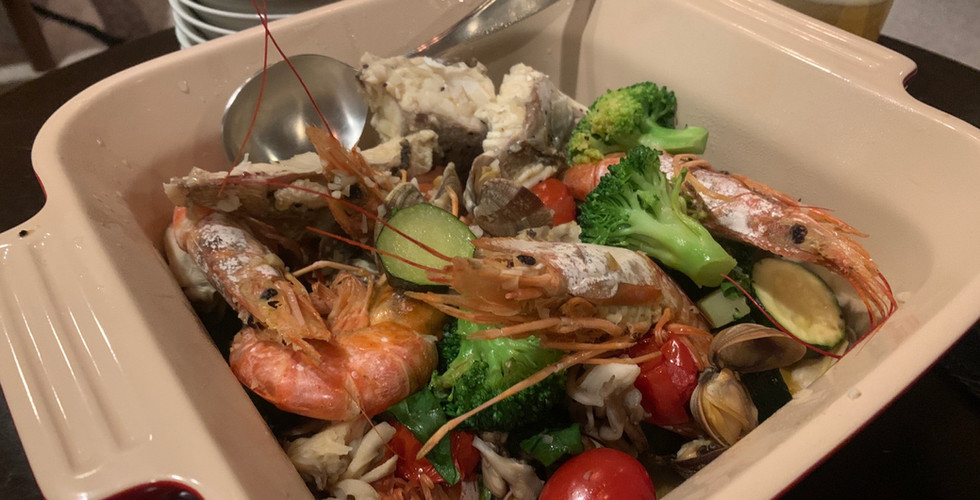June 27th 2021 Thoughts on visiting Kitagawa-san at K2 Salon, in Yokohama

A lovely and deeply insightful evening spent with Kitagawa and Kei-san their salon, K2 in Yokohama. Arriving at 2pm, we were greeted at the door by Kitagawa with his familiar and energetic smile and led inside to K2 salon. The familiar smells of the tatami mats and warm ambient lighting, echoing a touch of subdued refinement, put us at perfect ease after the long trip from Osaka.
The afternoon was filled with practical application, discussion, and practice-for-enjoyment, delving in the into the core of seme nawa as developed and practiced by Kitagawa-san. Before we knew it, hours had passed, and Kei-san began filling the tables with extravagantly home-cooked seafood dishes, beer, wine and whisky. Wine glasses clinked, food was savored! And, spirited conversations into the concepts, history, and ideas underpinning kinbaku and its practice flowed well into the night.
Up until now my time with Kitagawa-san at K2 has been primarily focused on learning the binds or ‘patterns,’ developed and practiced by Kitagawa-san. It is through this repeated process, each time discovering something more about the intent, function, and application of each rope, that I have slowly begun to gain insight into the approach and philosophy that underpins each bind, and how each bind sits within a larger system or "style."
While I wouldn’t dare say that in the short few years, I have learned everything there is to know, today, I braved a step forward and asked Kitagawa-san for guidance in applying these concepts to a bind that I had been trying to achieve. With his agreement, I began tying my rope partner Yuki-e with Kitagawa-san watching on and offering advice on adjustments to enhance the effectiveness, stability, and element of seme. Coupled with the sense of achievement, also brought about by Yuki-e's response to the bind, I feel that the few points of advice offered today were a pivotal step to deepening my understanding of seme and its application within kinbaku.
That said, the wealth of knowledge entwined with conversations shared during the later hours over good food and top-shelf whisky was certainly on par with the practical teachings imparted throughout the afternoon.
[A step back: A look into the background events leading to where I am today] Despite involvement and recognition as a performer and establishment owner in the kinbaku and SM communities throughout Japan for many years prior, I only first learned of Kitagawa-san back in 2015. At the time, I was visiting Jyoha Club and talking with the owner Jyo-san, who was like an ‘uncle’ to me, about my rope journey. My initial entrance into the world of kinbaku in 2011 and its practice was surrounded with the encouragement to perform onstage, and thus my rope had also progressed in this direction from the outset. I had quickly gained recognition and before I knew it was being offered chanced to stand on the same stages that many renowned nawashi performers had stood before.
Yet, despite the excitement and acceptance I found as a performer and practitioner in Japan, after several years passed I found myself feeling disillusioned with my journey – feeling that something was missing. Something was lacking in depth or meaning. I started taking time out to visit some of the renowned nawashi throughout Japan and talk with them or take lessons, trying to find something that reverberated with me on a deeper level. Yet, despite holding respect for these nawashi I couldn’t escape the feeling that there was still a piece of the puzzle missing, something deeper that was needed. After expressing this sentiment to Jyo-san he showed me an old photograph he had of Kitagawa’s rope. I was immediately intrigued. Asking why I hadn’t heard of him before, Jyo-san explained that Kitagawa firmly believed kinbaku to be an intimate exchange not for commercialization or fame seeking and refrained from any performance or public light as a “professional.” Even now, with more than 40 years’ experience and having influenced the majority or kinbaku “masters” known today, he maintains that he is an amateur. Moreover, as is typical of nawashi of his generation, Kitagawa-san was not only highly secretive about imparting his knowledge but also difficult to contact without an introduction from an existing member at his salon. Unlike today, 15-30 years ago, there was no such thing as lessons or workshops in Japan. If one wanted to learn the art and secrets of kinbaku they had to seek out masters in the art and try to “steal” their knowledge through closely and repeatedly observing them directly. Even after nawashi began sharing their knowledge with the wider community, there was still a lot that was kept back and the sharing of the essence or philosophies underpinning them was, and still is, often lost on the receiver due to ignorance and/or cultural or linguistic differences. One year and a half after this conversation with Jyo-san, I received a call from a friend, an older gentleman in the industry, saying that Kitagawa-san would be making an appearance at small semi-private establishment called Zone in Yokohama. The date, Sunday December 25th, 2016.
So, on Christmas Day I woke up at 3am, jumped in my friend’s car and we made the arduous 9-hour drive to Yokohama. It was snowing outside with radio warnings of possible blizzards or road closures on route. Partway we were forced to stop and put on chains battling against the winds and darkness of the wintery night. Despite conditions being against us and our speed slowed by the chains we contiued forward, finally arrived bleary eye bu 3pm the next afternoon. When I met Kitagawa, I immediately felt that I was in the presence of someone with great wisdom, integrity and resoluteness brought about from years of pursuit and inquiry into kinbaku with his partners. This was the rope that I had been searching for…. the key to discovery of missing piece of the puzzle (though I still did not know exactly what that was).
After watching Kitagawa-san tie with his partner Kei, he was came over and spoke with me about my intentions and background in rope. While he certainly echoed a sense of authority that comes with someone of such experience, I was surprised by how welcoming and open he was, particularly given his reputation as a “hardened” person of secrecy. From that time I began making the journey and attending Kitagawa’s salon semi-regularly throughout the following year, determined to learn as much as I could. Yet, it also become clear through conversations that Kitagawa-san felt quite strongly against performance rope or any kinbaku practiced with commercial intent. At the time, while agreeing with his sentiment him, I felt torn between my love for creative expression and the ability to use performance as a mode to convey ideas and thoughts, and my desire to pursue kinbaku in the private sphere as deep and intimate exchange between two people void of external influence.
During the several years to follow, I created a division in my mind/heart between the two — rope for performance and rope for private—and pursued both concurrently. While this served its purpose and allowed me to occupy both spaces, I also began to notice that my progression and actual understanding of seme and the philosophies underpinning Kitagawa's kinbaku was greatly inhibited, and while I knew the direction in which the “missing puzzle piece” lied, I was no closer to fully harnessing it and making it my own.
As time passed, I found myself more and more reluctant to make the compromises required to put kinbaku on the stage, and still yearning to fill the empty pieces of the puzzle. I realized even if you try to turn show kinbaku into a “kinbaku live” or “live demonstration of the rope connection between two people” kinbaku for an audience will always involve a third party (the onlooker) and this will always take a percentage of my focus away from my partner, and it will always affect, even if only slightly, affect my decisions made in the moment. In order words, show rope will also be show rope, regardless of the title attributed to it.
In January 2021, after years of pondering the idea, I made the decision to end my career as a kinbaku performer and step down from stage. Making the clear cut with a formal announcement to everyone in the industry, and beyond, who had continuously supported and encouraged me as a performer throughout the last 9 years, was not an easy move to make. Yet with it, a huge weight was lifted from my shoulders, and I suddenly felt a vast freedom to focus 100% of my energy and passion into my own pursuits in kinbaku and my partners.
In hindsight, the the last 6 months (since the decision), traveling each month without fail to visit Kitagawa-san and Kei-san, have been the most pivotal and deepest part of my journey in kinbaku thus far. While I feel that my journey in the stage has been a big part of getting me to where I am now, and perhaps contributed to the insights that I have, it is not my path to follow. Each time I tie, now, is filled with an excitement and energy sourced from a place within me that I had never fully been able to access. From this point of view, in hindsight, I finally can understand Kitagawa-san’s sentiment towards performance rope, and that while it may be a mode of expression that can raise awareness of the practice of kinbaku to a wider audience, also serves to inhibit one's genuine understanding into the essence and connection within kinbaku. My time today, up in Yokohama, served as a strong reminder to this. A reminder that not succumbing and listening to the quiet yet resolute voice in your heart is paramount to finding what you seek.
(PS. The above offers a summary of one part my journey. One day I hope to sit down and write this out in full)


















Comments